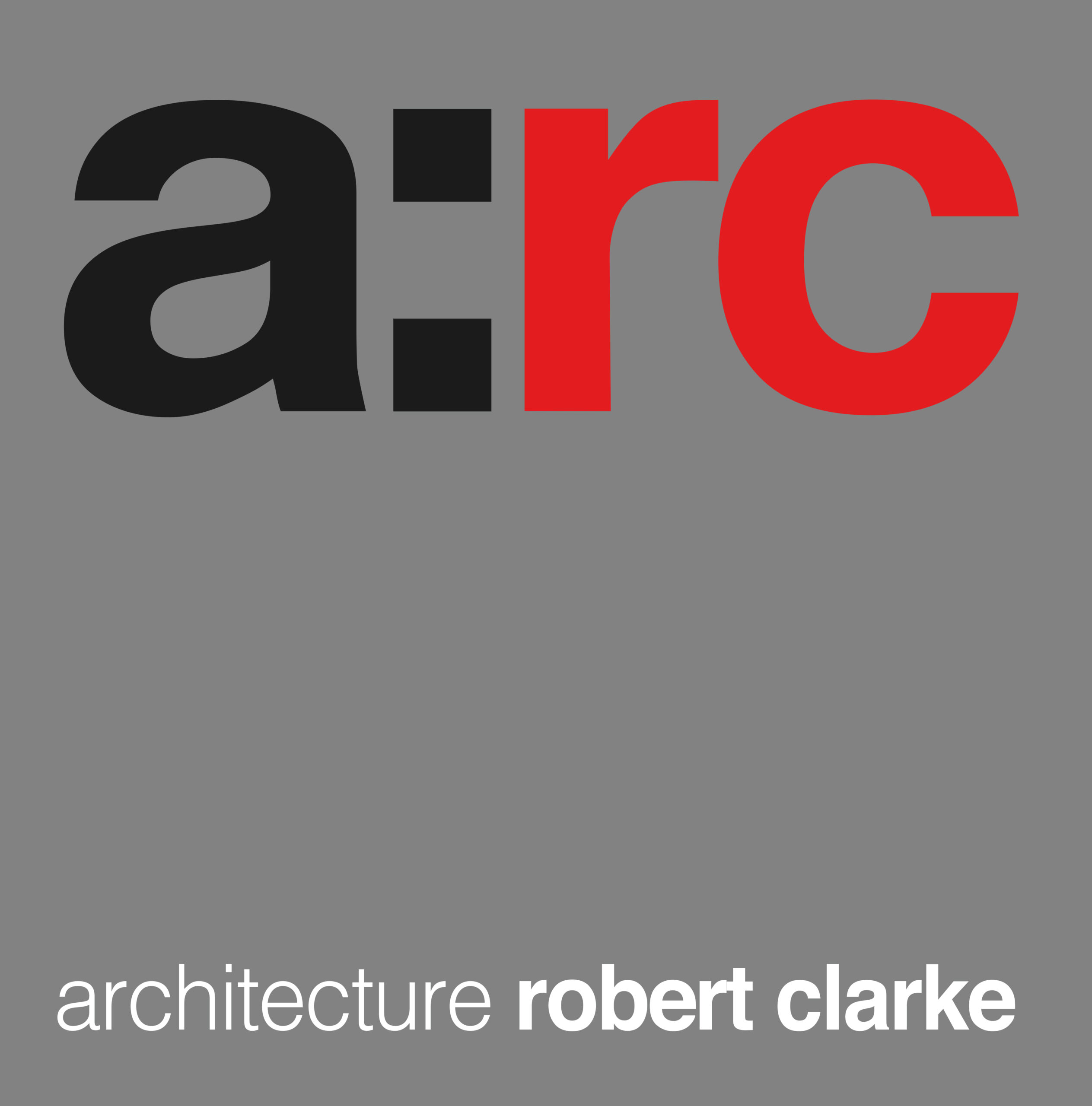Clerkenwell, a historic district in Central London, underwent a remarkable transformation in the 1990s. Once known for its industrial past, by the end of the 20th century, it had evolved into one of London’s most vibrant and desirable areas. This regeneration has not only stood the test of time but has also set a precedent for urban renewal projects across the city and beyond.
In 1994 the Clerkenwell estate (around 3 hectares of light industrial factory buildings stretching from St John Street to Goswell Road) came onto the market for the first time in over 500 years. The eventual buyer (my client) was Bee Bee Developments who spotted a once in many lifetimes opportunity.
Islington’s outdated planning policies on retaining 19th-century industrial uses in an area a 10-minute flâneur stroll from The City meant that many of the handsome buildings were in poor condition and often vacant.
The political mood music was softening the rigid planning policy stance and an informal meeting with an enlightened head of planning at Islington council led to a ‘deal’ and the transformation of Clerkenwell.
Using the mixed-use ‘layer cake’ recipe developed by Haussmann in his radical vision of nineteenth-century Paris, we proposed a cocktail of ground floor ‘active’ uses—cafes, restaurants, and galleries. The upper floors would be offices and residential with new penthouse floors at roof level. The 5-7 storey masonry light industrial typology was respected and improved. Islington supported the strategy.
The loose master plan recipe we proposed proved flexible and effective. Clerkenwell’s long history was ready for the new vibrant modern chapter to be written.
A Brief History of Clerkenwell
Clerkenwell’s history is deeply intertwined with London’s industrial age. In the 18th and 19th centuries, it was a hub for watchmaking, printing, and brewing. The area was characterised by its dense concentration of factories and workshops. However, by the mid-20th century, these industries began to decline, leaving behind a landscape of dilapidated buildings and a community struggling with socio-economic challenges.
The Catalyst for Change
The 1990s marked a turning point for Clerkenwell. The area’s potential was recognised by developers, architects, and urban planners who saw an opportunity to revitalise the district while preserving its historical charm. The regeneration was driven by several key factors:
1. Strategic Location: Clerkenwell’s proximity to the City of London and the West End made it an attractive location for businesses and residents seeking accessibility combined with a unique urban character.
2. Architectural Heritage: The district’s rich architectural legacy, including Victorian warehouses and Georgian terraces, offered a unique aesthetic appeal. Adaptive reuse of these buildings became a cornerstone of the regeneration efforts.
3. Cultural Revival: The influx of artists, designers, and creative professionals played a significant role in Clerkenwell’s revival. The area became synonymous with innovation and creativity, fostering a vibrant cultural scene.
Key Developments in the 1990s
The regeneration of Clerkenwell in the 1990s involved a series of strategic developments:
– Residential Conversions: Many former industrial buildings were converted into loft-style apartments, attracting a new wave of residents, including young professionals and creatives. These conversions preserved the industrial character of the buildings while introducing modern living spaces.
– Commercial Spaces: The redevelopment included the creation of flexible commercial spaces, catering to the growing demand from tech startups, design studios, and media companies. Clerkenwell became a hub for small and medium-sized enterprises (SMEs), fostering a dynamic business environment.
– Public Spaces and Amenities: Investment in public spaces and amenities was crucial to the area’s regeneration. Parks, squares, and pedestrian-friendly streets were developed, enhancing the quality of life for residents and visitors alike.
– Transport Links: Improved transport links, including the expansion of the London Underground and better bus services, made Clerkenwell more accessible, further boosting its appeal.
Longevity and Lasting Impact
The regeneration of Clerkenwell in the 1990s was not a short-term project but a sustainable transformation with long-lasting effects. Several factors contributed to its enduring success:
– Community Involvement: The regeneration process involved significant community engagement, ensuring that the needs and aspirations of local residents were addressed. This inclusive approach fostered a sense of ownership and pride among the community.
– Preservation of Heritage: By retaining and repurposing historical buildings, Clerkenwell maintained its unique character, distinguishing it from other regenerated areas that opted for wholesale redevelopment.
– Economic Resilience: The diverse mix of residential, commercial, and cultural spaces created a resilient local economy. The area continues to thrive as a business hub, particularly for the creative and tech industries.
– Cultural Vitality: Clerkenwell remains a cultural hotspot, home to numerous galleries, design studios, and cultural events. The annual Clerkenwell Design Week is a testament to the area’s enduring cultural significance.
_____________________
The regeneration of Clerkenwell in the 1990s serves as a model for successful urban renewal. By leveraging its historical assets, engaging the community, and fostering economic diversity, Clerkenwell has transformed into a vibrant, sustainable neighbourhood. The longevity of this regeneration project underscores the importance of thoughtful, inclusive urban planning and the potential for lasting positive change in our cities. Today, Clerkenwell stands as a testament to the power of regeneration done right, continuing to inspire urban planners and developers around the world.
